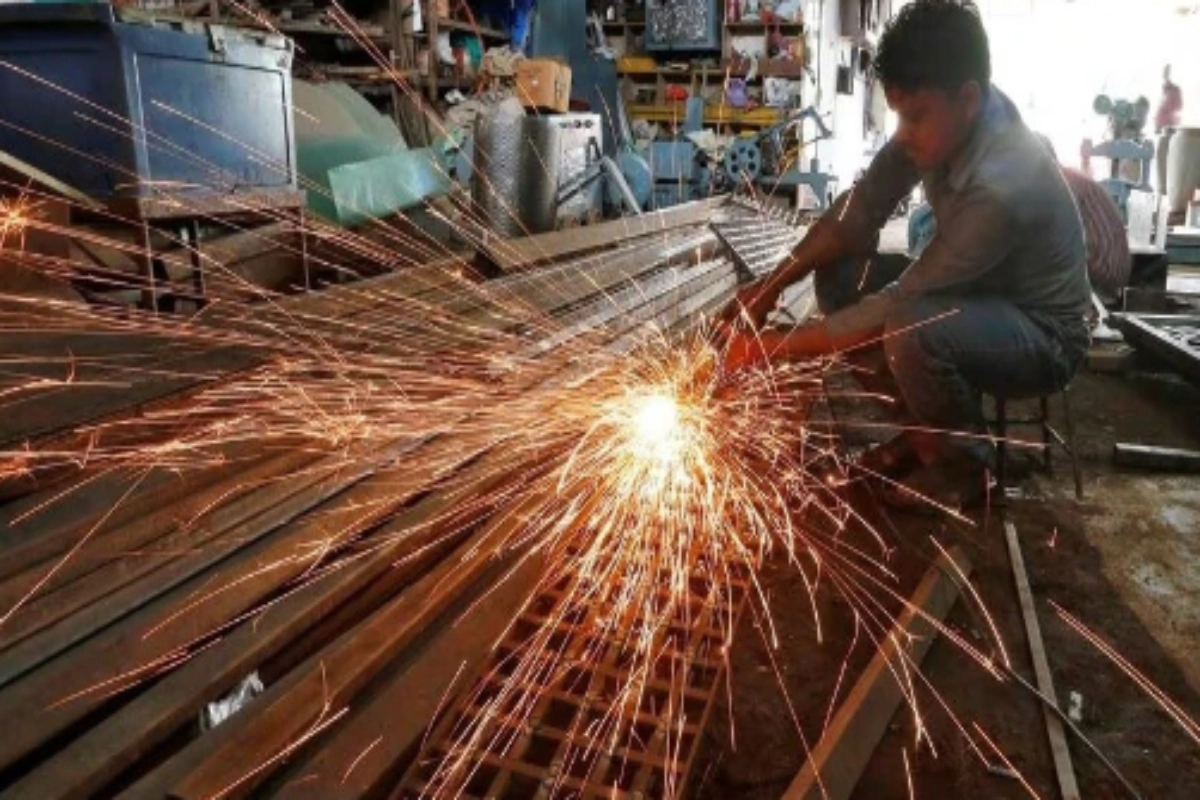Manufacturing PMI: According to a private business on Thursday, while growth in Indian manufacturing slowed down slightly in April, it remained strong and indicated the second-best improvement in the sector’s health in three and a half years. The HSBC-released headline Purchasing Managers’ Index (PMI) fell from a 16-year high of 59.1 in March to 58.8 in April.
Surge in New Business Intakes
“Firms experienced a sharp upturn in new business intakes and scaled up production accordingly. With sales expected to remain positive, buying levels were raised, and input stocks were increased to one of the greatest extents seen in over 19 years of data collection. Cost pressures ticked higher, though they remained historically mild, pushing up charge inflation to the strongest since January,” said the survey.
In the index, a number above 50 indicates expansion, and a number below that indicates contraction. When total new orders increased significantly in April, Indian manufacturers reported strong demand from both domestic and international customers. Since 2021, the rate of expansion has been the second strongest.
Growth Driven by Healthy Demand Trends
“Growth was spurred by healthy demand trends and successful marketing campaigns. Other sources of sales gains cited by firms were Asia, Australia, Europe, and the Americas. New export orders increased markedly in April, albeit at a softer rate than that seen for total sales, suggesting that the domestic market remained the main driver of growth,” the survey said.
The flash estimate for the month of April, which was released earlier, is in line with the manufacturing PMI of 59.1. With the release of this new data, manufacturing output has increased for 34 months running since October 2020.
Second-Fastest Improvement in Operating Conditions
The April manufacturing PMI, according to HSBC chief India economist Pranjul Bhandari, was the second-fastest improvement in operating conditions, supported by robust demand and leading to a further expansion of output, albeit marginally slower than in March.
“Improvements in suppliers’ delivery times contributed to increased purchasing activity. Additionally, a positive outlook for the year ahead prompted firms to expand their staffing levels. On the price front, higher costs of raw materials and labour led to a modest uptick in input costs, but inflation remains below the historical average. However, firms passed these increases onto consumers through higher output charges, as demand remained resilient, resulting in improved margins,” she said.
Moderate Yet Accelerating Job Creation
Although the rate of job creation in the manufacturing sector was moderate in April, it was the fastest since September 2023 as a result of companies hiring more workers to meet demand at the beginning of the first quarter of the fiscal year. According to the survey, there is little pressure on manufacturers’ operating capacity, as evidenced by a modest increase in the volume of outstanding business.
“Although the latest results showed an intensification of cost pressures during April, the rate of inflation remained below its long-run average. Among the items mentioned as up in price were aluminium, paper, plastics, and steel,” it said.
